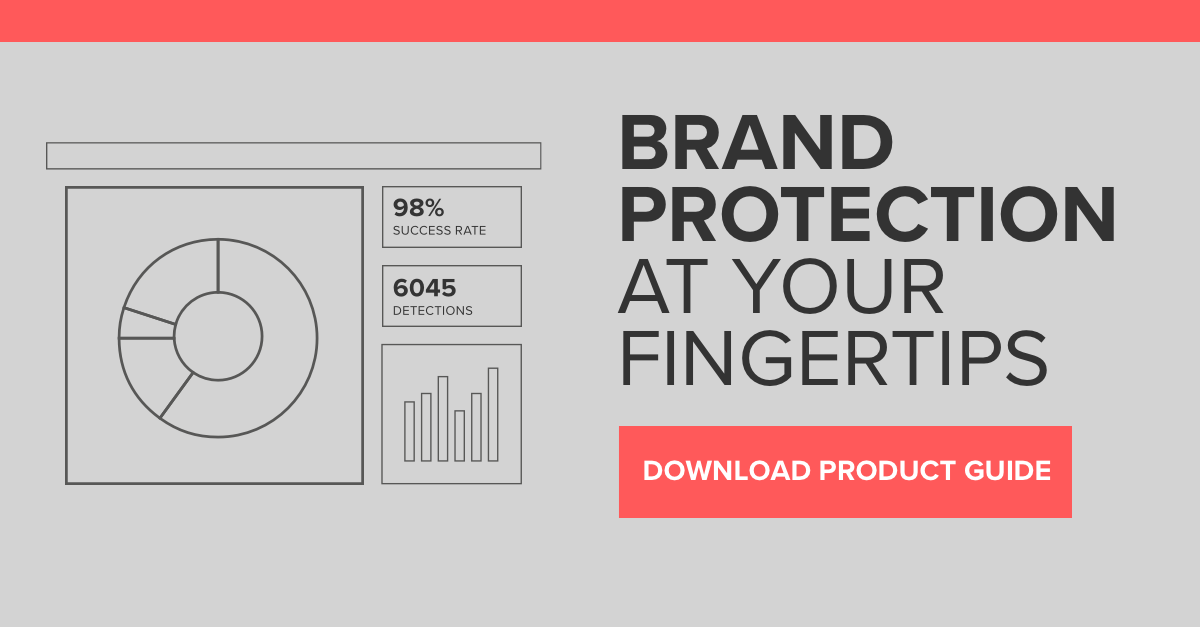The world is now a global village and things produced in one part of the planet are being sold around the world. In such a scenario, you should know what to expect. Don’t make the mistake of assuming Intellectual Property protection is the same everywhere.
Summary:
- Best ways to protect your IP internationally
- Ways to streamline the process of IP monitoring and enforcement
Here’s how to protect intellectual property internationally
Step 1: Determine where protection is needed
The first step is to know where protection is needed. A trademark registered in one country is applicable to the specific country and not internationally.
Remember that a trademark is a domestic right that’s created and enforced by domestic statutes and courts.
If you want to protect your name globally then you must file for a patent in your target country.
In some cases, there are multilateral or bilateral agreements where a trademark in one country is applicable in other countries as well. One such agreement is the Madrid Protocol that includes 117 countries that have come to terms to enforce IP or trademark rights across nations.
Step 2: Find out what each country processes are
Steps to get IP protection change from country to country. In most cases, you will be required to have a trademark in your own country before you can apply for one in a foreign nation
Step 3: Fill out country specific’s application
You can fill individual forms or be a part of a treaty. Once you receive your domestic trademark, you can move to completing and submitting your application with the International Bureau of the World Property Intellectual Organization (WIPO).
You will have to pay the required fee after which the process will begin. Remember that it is subject to each country’s laws that may greatly differ. For countries that are not a part of any treaty, you will have to submit individual applications through the designed route.
Step 4: Take legal action in accordance with the local law
If you find out that your trademark has been infringed in a foreign country, you will have to follow their law and get in touch with an attorney abroad to file a case.
Brand protection companies like Red Points can help you monitor and enforce your trademark abroad. However, remember that you might not have much of a case if you have not registered your trademark in the country it is being infringed in.
Discuss the situation with your attorneys before you take any step. Also, remember that filing a lawsuit might not always be a good option since the infringement in a foreign country may not always impact your bottom line.
If you have a local business with no international presence then someone using your brand name in a different country may not impact your profits or image. Think where you wish to invest your time and money.
Let’s take a quick look at how to protect each type of IP internationally.
Protecting your trademarks internationally
As mentioned earlier, there are two ways to protect your trademarks internationally:
- File an application with the trademark office of each country you wish to target
- Use WIPO’s Madrid System and other such treaties
You will have to file individual applications if your target country is not a part of any treaty.
Protecting your utility patents internationally
Right now, there’s no way to obtain a universal patent as patents give you territorial rights.
There are two ways to protect your utility patents internationally:
- File an application with the utility patents office of each country you wish to target
- Submit an international application under the Patent Cooperation Treaty, administered by WIPO. You can also consider regional patents issued by different bodies, such as the African Regional Intellectual Property Organization (ARIPO) and the European Patent Office (EPO). These are applicable in a number of countries.
You will have to file individual applications if your target country is not a part of any treaty. While you don’t need an attorney to file these applications, having someone to guide you during the process can turn out to be very beneficial.
Protecting your design patents internationally
Protection differs from country to country. In some nations, it is mandatory to register an industrial design for it to be protected under industrial design law. On the other hand, in some countries, patent laws protect industrial designs.
Some countries offer limited protection to ‘unregistered designs’ to encourage creativity and technology. Moreover, some countries even offer design protection under copyright law.
For US applicants, the process for filing an international design patent application is simple and straightforward.
Businesses or applicants can file a request with the USPTO, which will forward the request to WIPO for further processing.
The Hague System, which consists of some popular countries including all EU states, Canada, and Japan, can also be an option. Not all countries party to the PCT are a part of the Hague System and to protect your design in such countries, you will have to submit individual applications.
Protecting your Copyright Internationally
There is no concept of ‘international copyright‘ and you must take steps to protect your work internationally through different techniques.
Protection depends on national laws; however, most countries offer some kind of protection to foreign work thanks to different conventions and treaties.
The IP Attaché program can prove to be of help in such situations. You can contact the department if you face copyright issues abroad. Moreover, you can go here to see the kind of copyright relations other countries have with the US.
3 ways to streamline the process of IP monitoring and enforcement
Taking care of international issues can be difficult, especially when you have no solid international presence. It is not only time consuming but also very costly because in most cases you will have to hire the help of an attorney in a foreign country to help fight your case.
To make things easier, you should take steps to streamline the process and save as much time and money as you can.
Here are some tips:
- Hire a brand protection software company such as Red Points to monitor and enforce your IP internationally
It can be hard to identify potential issues or violators. These days, it is easier than ever to infringe on one’s copyright. Anyone can pick your brand name, logo, or tagline and produce a counterfeit product that can be sold to thousands of people online.
Since there are millions of websites and online stores, keeping an eye on all sellers manually can be a difficult task if not entirely impossible.
You need the help of a software that works like your assistant and identifies parties that infringe your right so that you can take the right action. Red Points is one of the most reliable names in this niche and we have worked with over 1000 companies in and outside of the US.
Before you hire a brand protection software, conduct initial consultations to ensure they feel comfortable in the international market. Check out this blog post for more information on how to choose the right brand protection solution
- Enforce strategically at scale
Clustering technology automatically links open source available information from sellers anywhere in the world, so brands are able to identify and prioritize the top infringing groups or organizations that are profiting from selling fakes of their products.
This is very important because not everyone infringing your rights might be causing you harm and you must be able to identify real offenders so that you can minimize damage.
- Tackle the issue at the root
More than identifying the size of the problem and having a strategic approach, it is key to have actionable intelligence that allows you to find the source of your IP infringements.
The most important thing is to protect what’s yours. You must have registered and enforceable trademarks in not just your home country but international markets as well to be able to fight offenders and prevent the spread of counterfeit products that can cause harm to your goodwill.
International treaties can be very helpful as they allow you to exercise your right in multiple countries without having to get registered in every nation.
Get in touch with an expert for more information on what you can to protect your image and contact us to find out more about Red Points and our services.



